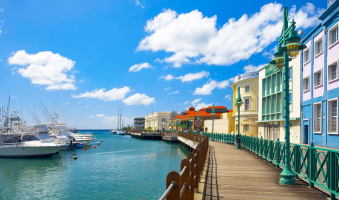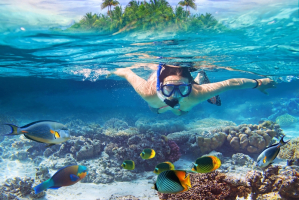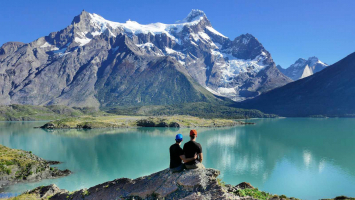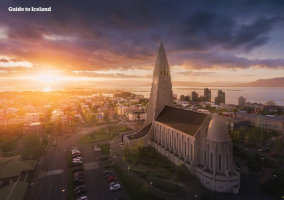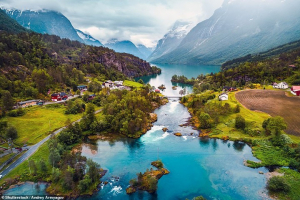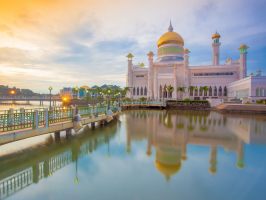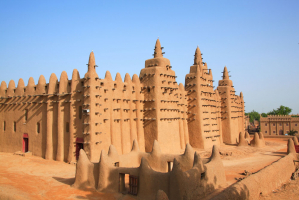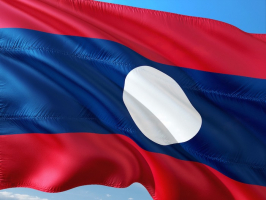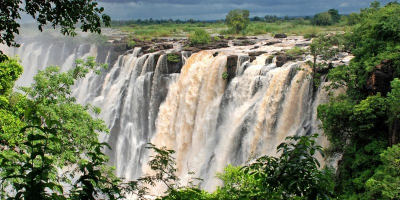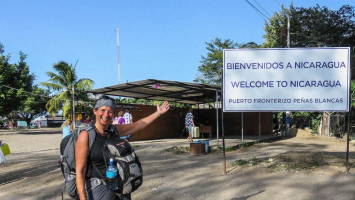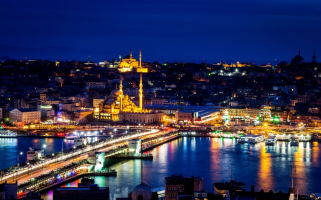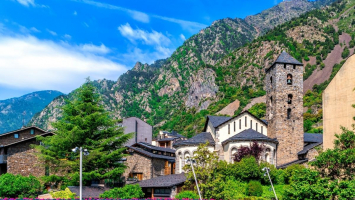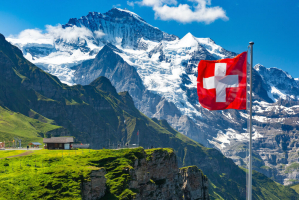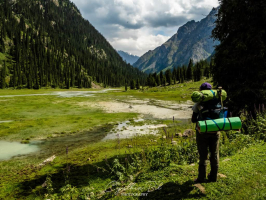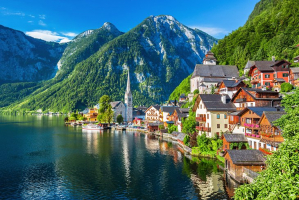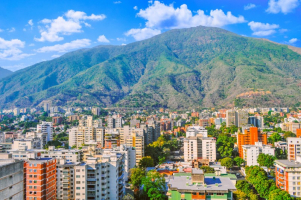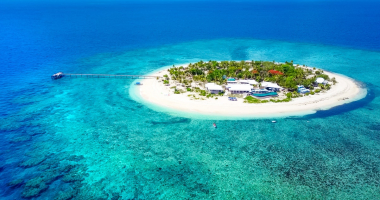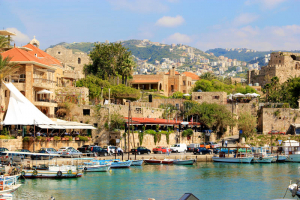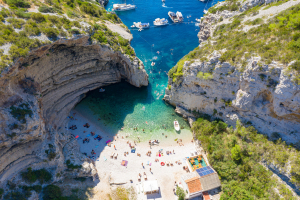Top 6 Things about Paraguay You Should Know
Paraguay is South America's least-visited country, frequently bypassed by travelers en way to the rest of the continent. It is surrounded by Argentina, Brazil, ... read more...and Bolivia, and there are no direct flights from its vibrant city, Asunción. While it may be more difficult to reach than other sites on the continent, there are compelling reasons to visit. Wildlife-rich wetlands, sand dune islands, record-breaking waterfalls, and Instagrammable rock formations await outdoor enthusiasts, while those who prefer the finer things in life will find a multitude of cocktail bars, museums, and Unesco-listed monuments to fill their boots. Do you want to learn more? Here are the top Things about Paraguay You Should Know for the first time travelers.
-
The Guarani Aquifer, which lies beneath the countries of Paraguay, Uruguay, Brazil, and Argentina, is a major source of fresh water. This aquifer's subsurface water is found in Triassic, Jurassic, and Lower Cretaceous geological formations (rocks that are 200 to 132 million years old). When Africa and South America merged to become a single continent, the sediments began to form rivers and lakes. With a surface area of 1.2 million square kilometers and a volume of 40,000 cubic kilometers, it could feed the world with fresh drinking water for around 200 years.
Only 2.5 percent of the world's almost 1.5 billion cubic kilometers of water is fresh water, with the remainder potentially purifiable. However, this can only be accomplished by investing resources and money that only a few countries can afford. Control over water has become increasingly contentious as it has become a more valuable natural resource.
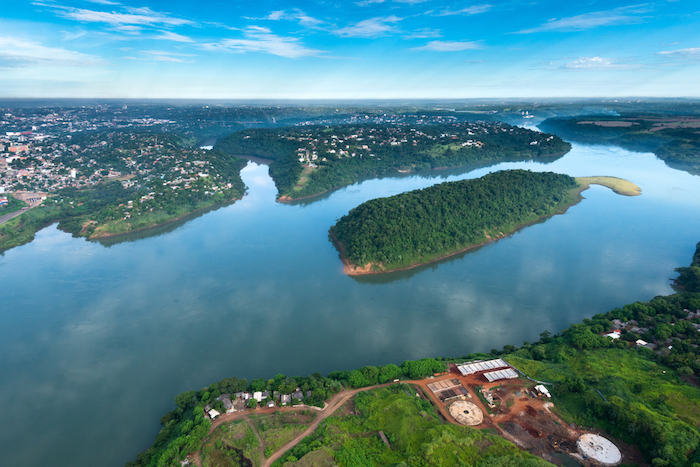
bigseventravel.com 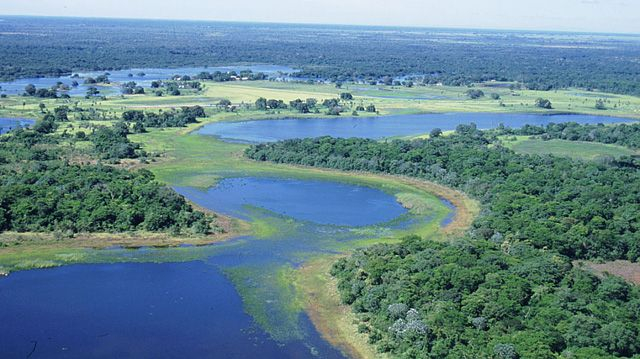
visitparaguay.net -
The Itaipu Dam on the River Parana, shared with Brazil, is the world's second-largest operational hydroelectric power plant. The plant, which has a 14GW installed capacity, is managed by Itaipu Binacional and is located on the border between Brazil and Paraguay. Itaipu's energy production contributes to meeting the needs of both countries. Brazil consumes around 90% of the electricity generated by the facility.
The dam's reservoir, which covers 1,350km2, is Brazil's seventh-largest reservoir, with the best coefficient of water utilization of 10.4MW/km2. Itaipu generated 79.44 million MWh of electricity in 2019, while the plant set a new global record for yearly power generation in 2016 with a production of 103.1 million MWh. It is the same amount of energy as Paraguay consumes in 11 years and Argentina consumes in one year. In 2008, the energy generated supplied 87 percent of the electricity consumed in Paraguay and 19 percent of the demand for the Brazilian linked system.
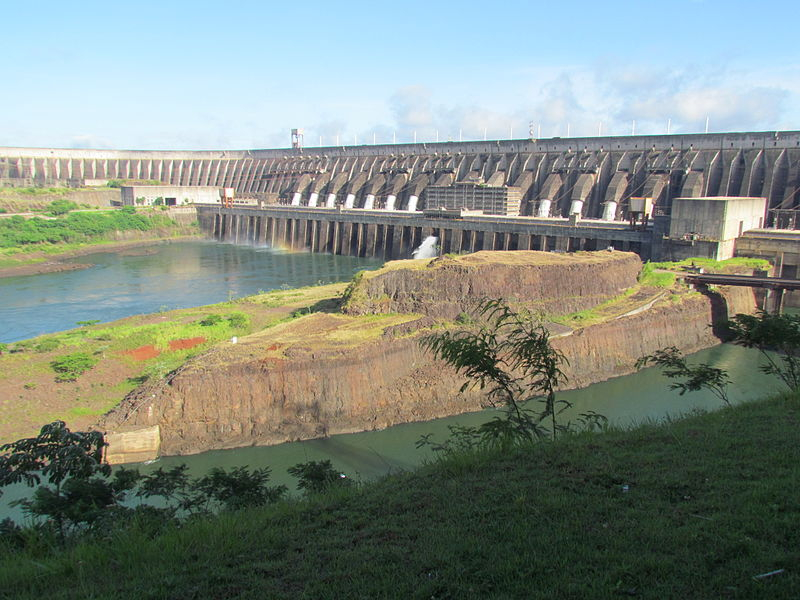
power-technology.com 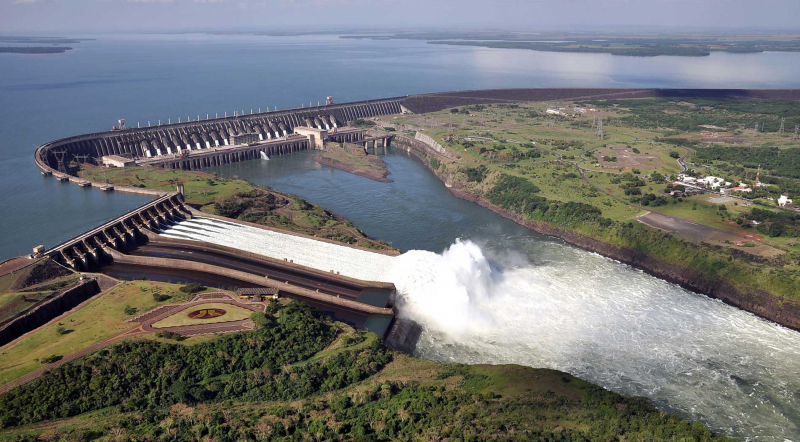
gihub.org -
The majority of people in Paraguay speak two languages: Guarani and Spanish. It is also one of the few South American countries that maintain its native language as an official language. The 1992 Constitution of Paraguay declares the country to be multicultural and bilingual, with Spanish and Guaran as official languages. Spanish, an Indo-European language of the Romance branch, is understood as a first or second language by around 90% of the population. Guaran, an indigenous language of the Tupian family, is understood by 77% of the population, and its use is governed by the Guaran Language Academy.
Interestingly, Guaran is also an onomatopoeic language. The majority of its words, like music, imitate the natural noises of animals and their surroundings. Aside from Spanish and Guaran, further 19 indigenous languages are spoken by approximately 50,000 indigenous Paraguayans. Portuguese is also spoken by approximately 650,000 "Brasiguayos," the majority of whom live along the border with Brazil. Other minority languages include German, Italian, Ukrainian, Japanese, Chinese, Arabic, and others.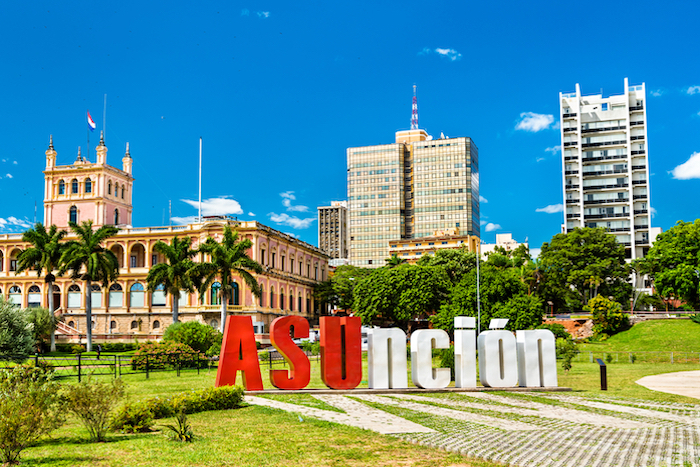
bigseventravel.com 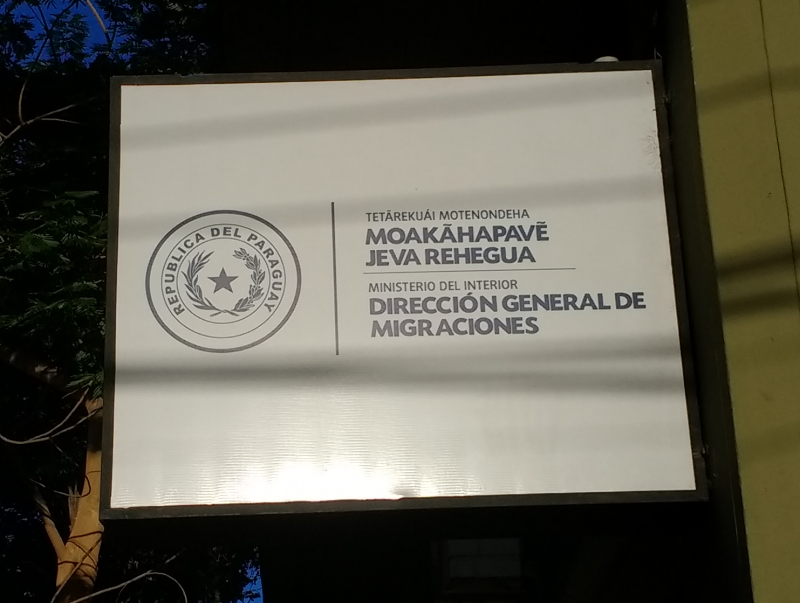
wikipedia.org -
Despite the fact that it lacks a coastline, Paraguay has the greatest navy of any landlocked country in the world. It also has naval aviation, a coastguard, and a river defense force. The Paraguayan navy operates on its rivers and has access to the ocean via Argentina.
Despite being a landlocked country, Paraguay has a rich nautical legacy due to its access to the Atlantic Ocean via the Paraguay–Paraná rivers. The Paraguayan Navy operates from twelve bases. Asuncion's primary base is Puerto Sajonia, followed by Bahia Negra, Ciudad del Este, Encarnacion, and Salto del Guaira. In Puerto Sajonia, also offers aviation facilities.
In terms of ships, the Navy has 34 surface ships, some of which are over 100 years old. The Paraguay Navy's major vessel and the flagship are still the Humaita, which was commissioned before Paraguay's engagement in the Chaco War. It also possesses four patrol vessels, the oldest of which was commissioned in 1908 and the newest in 1985. The Navy now has 17 patrol boats of varied drafts, four of which were provided by Taiwan and the United States, and the remaining 13 were manufactured domestically. The remaining vessels in the fleet include tugboats, barges, landing craft, transporters, and a presidential yacht. The new additions include four Croc-class riverine vessels from Australia, as well as 43 locally made riverine patrol vessels produced between 2006 and 2009.
bigseventravel.com 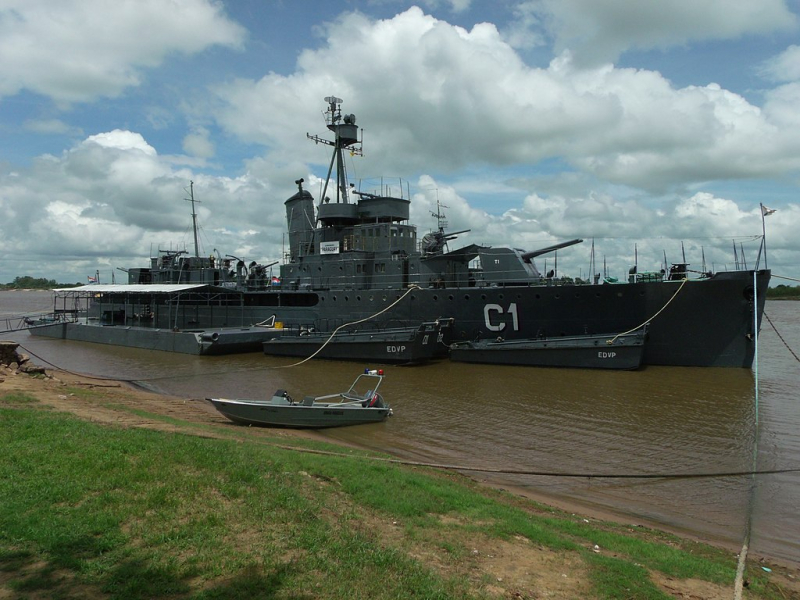
wikipedia.org -
Although Paraguay is a landlocked country, water plays an important part in its landscape, with rivers forming two-thirds of its boundaries and wetlands covering 30 to 40% of the country. Augusto Roa Bastos, an author from Paraguay, described the country as "an island surrounded by land." Wetlands are the most ecologically diverse ecosystems on the planet, and they are even more productive than tropical rainforests. They are not only important to the water cycle, but they are also important to wildlife. For example, almost 180 bird species congregate in the wetlands of Paraguay.
For generations, Paraguay has practiced self-sufficiency. Alejo Garcia, a Portuguese navigator, was the first western visitor in 1525. When Paraguay declared independence in 1811, it closed its borders. The three alliance's disastrous five-year conflict resulted in the deaths of two-thirds of the country's adult male population. It also lost the Iguassu Falls, which are now one of Brazil's most popular tourist destinations.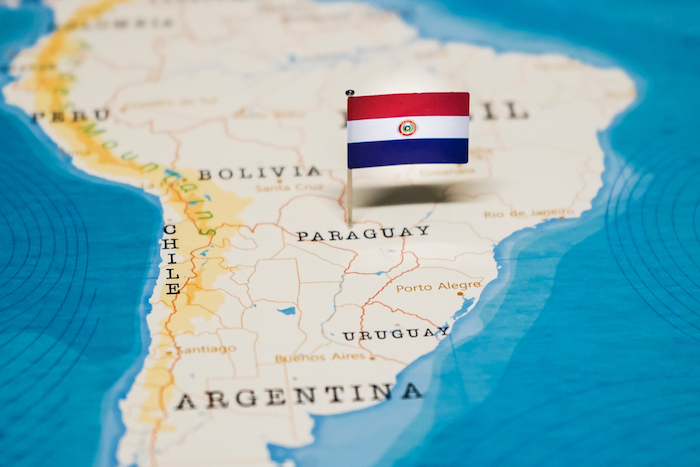
bigseventravel.com 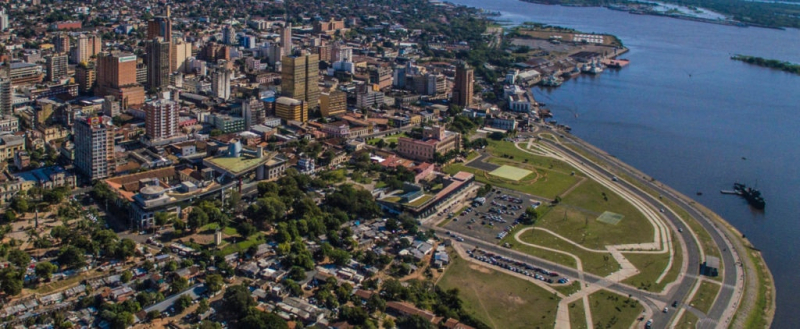
bbva.com -
For those who want to see animals, Paraguay is an excellent choice. Bird enthusiasts should travel to Paraguay, which is home to over 1,000 distinct species of birds. It is also home to the Jaguar, America's largest feline cat. A jaguar refuge center can be found at the Jardn Zoológico. Ocelots and panthers also roam the country. Except for the eight species of the coral snake, Paraguay has hundreds more snake species, most of which are harmless.
The piranha fish is also found in Paraguay, although, contrary to what we've learned from James Bond, they pose no threat to people. Paraguay's national animal is the Pamapas Fox. The Atlantic Forest, Cerrado, Chaco, Pantanal, and Mesopotamian Grasslands are all rich in biodiversity and are home to monkeys, tapers, and parakeets.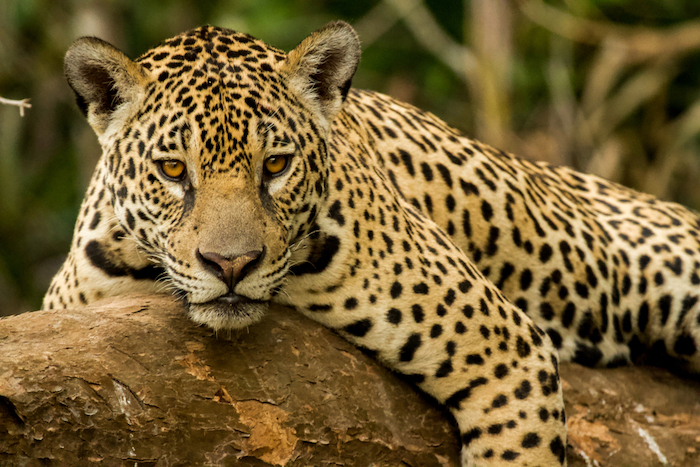
bigseventravel.com 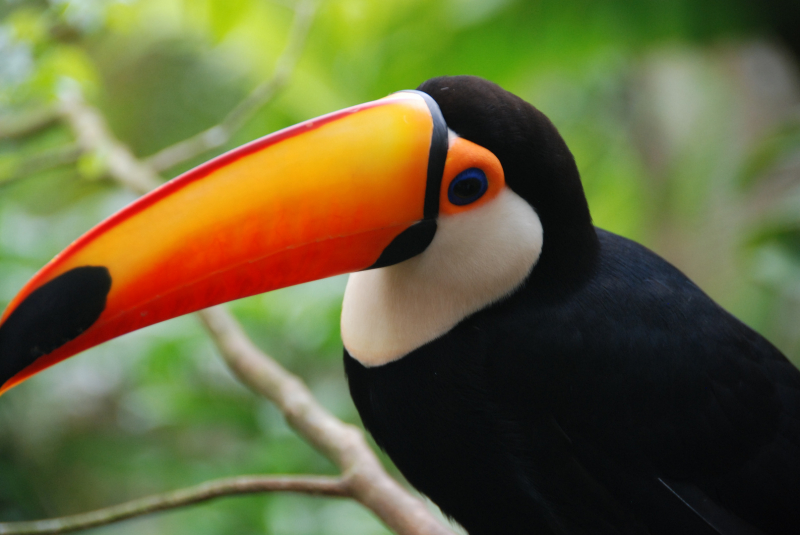
fotocommunity.com








